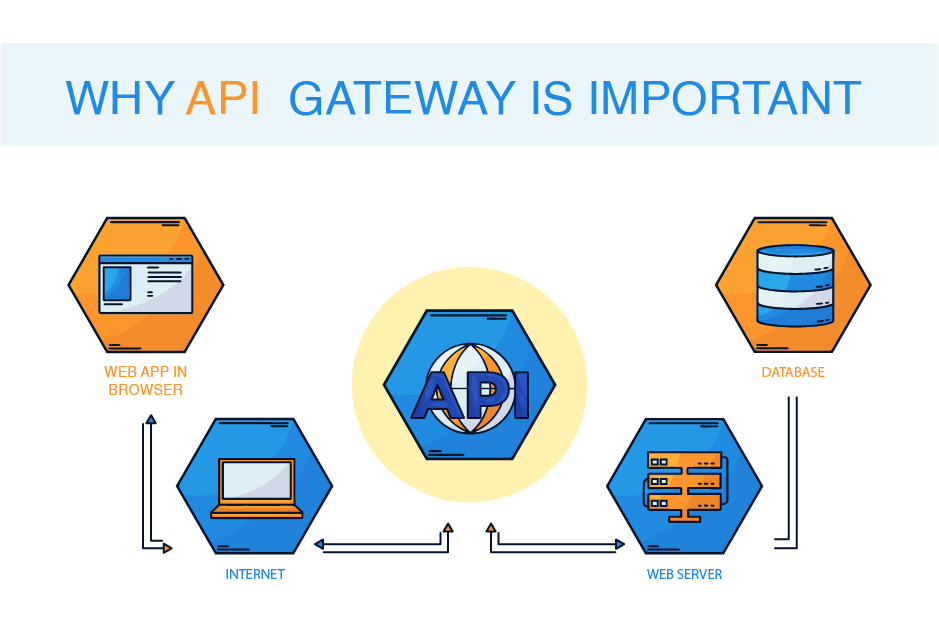DevOps is the hot new way of working, and it’s being adopted by many organizations. DevOps is a culture that helps people work together to continuously enhance existing technology and develop new products, services, or platforms.
There’s a lot of buzz about DevOps, but maybe you don’t know exactly what it means and if you should even be considering it for your organization. More than 83% of IT decision-makers implemented DevOps practices to unlock higher business value. Here’s a step-by-step breakdown of why DevOps makes sense for your technology team, how you can implement it in your organization, and how it will help you improve development speeds.
Increasing the development speed is the primary goal of DevOps. It is proven that the faster development can be done, the less time and resources are spent on solving issues later on. When it comes to defining when a time period is considered “fast”, there are many different factors.
In particular, multiple things can have an impact on the speed at which a team develops software. This article will provide an overview of some of these factors and how they relate to your actual project objectives.
What is DevOps?
DevOps is made using the words “development” and “operations”. It’s a term that refers to the process by which teams collaborate on software development projects, with an aim of getting them out faster than they would if done manually.
The term DevOps was first used in 2009 by Patrick Debois and Eric Ries in their book The Lean Startup. The idea behind it is simple: instead of having developers build their products using traditional SDLC methods, they should work closely with operations staff who are responsible for actually deploying them into production environments.
This way you can avoid many problems associated with traditional development processes such as long release cycles which can lead to inconsistencies across multiple platforms/environments (e-commerce vs mobile vs desktop), slow rollouts due to lack of automation and testing infrastructure, etc.
The Global DevOps Market size reached USD 5,114.57 million in 2021 and after the compound annual growth rate of 18.95%, it is estimated to reach USD 12,215.54 million by 2026.
Current Challenges That Slow Down The Development Speed
One of the major issues responsible for slowing down of the development is the lack of clear communication between the stakeholders and team members. Even being unclear about the specific terminology leads to miscommunication between the client and end developer.
Also, most development projects start from a feature perspective rather than being solution perspective. So it’s very important to align your development with the compelling business need.
Also, 88% of the organizations get the work approved by two or more employees and it takes hours to fulfill the request.
Benefits of DevOps Implementation
- DevOps is a set of practices that help to improve the flow of information between software developers and IT operations staff.
- It helps you cut down on errors, as well as increase productivity by making sure that all changes are tested before being pushed out to production.
Automation in DevOps
Automation refers to the usage of software for performing tasks that could be done manually.
In DevOps, automation is used to simplify manual processes, like deployments or change management. In most cases, this means automating repetitive tasks so they can be done in bulk rather than individually by hand. For example:
You could have three different servers running your application (A1, A2, and A3). If you need to deploy an update on all three at once then it would take longer if each one had its own deployment process and dependencies (e.g., if there are any dependencies between servers).
Instead of doing this manually with each server individually, you could create an executable script that does everything for all three servers at once — no more waiting around.
Continuous Integration and Continuous Delivery
Continuous integration (CI) is a software development process that involves building, testing, and releasing code to production. It also involves automating the build and deployment so that your team can continue to focus on writing code instead of manually performing these steps. This means there’s less chance of bugs slipping through the proverbial cracks.
Continuous delivery is when you have automated tests run in your CI environment every time an artifact is pushed out—this way you can quickly identify any issues before they affect customers or end users. If something goes wrong during production deployment, it will only take one person for all affected areas to fix it as soon as possible rather than having everyone go back to their desks and work through any issues individually. It also helped 22% of the businesses to operate at the highest security level using advanced stages of DevOps.
How DevOps Acts As A Catalyst To Make The Development Faster?
DevOps is a set of practices that help organizations develop, test, deploy and operate software and services faster. DevOps is a team sport and requires cooperation between developers and IT operations.
DevOps helps you to improve development speed by automating the CI/CD process which can reduce errors significantly. It also helps in automating deployment processes such as manual steps or scripts that are required for deploying your applications onto different environments such as staging environment or production one.
This reduces your workload while keeping track of all changes made during the development phase so that they can be applied smoothly in the next release cycle without any hiccups at any stage of the life cycle like the testing stage etc. More than 77% of organizations rely on DevOps to deploy any software or plan something in the near future. `
Conclusion
DevOps is a set of best practices that aim to improve how software is developed and integrated. The goal of DevOps is to reduce the time it takes to build, test and deploy software products.
We have seen how it can help us improve our development speed and make our services more reliable. If you are still unsure about it then try it out for yourself and see what benefits you get from this technology.










